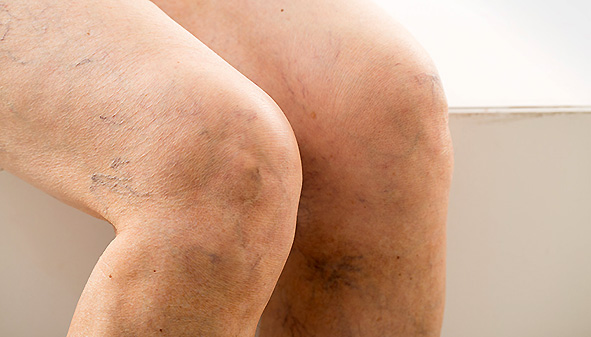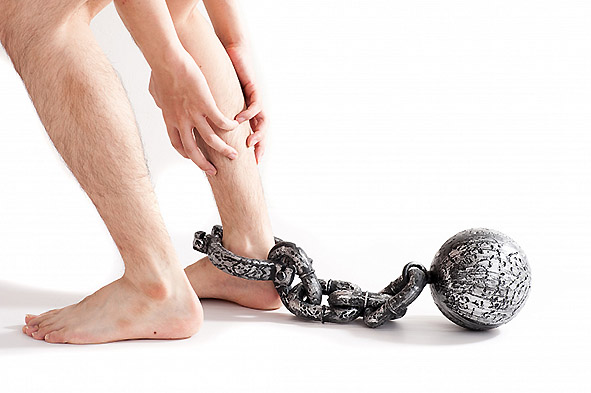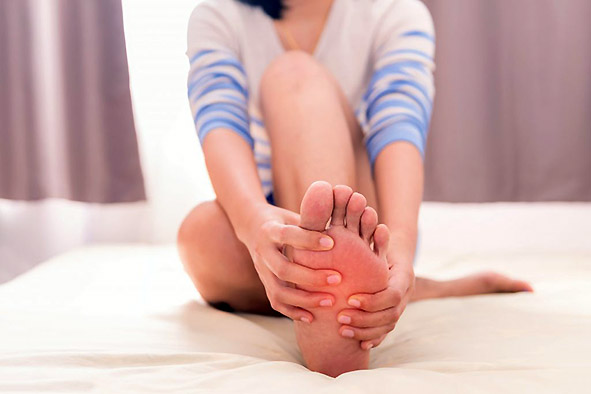- Varicose veins treatment in Kyiv
- Varicose veins treatment in Zaporizhzhia
- Edema and lymphostasis treatment
- Myths about varicose veins
- Massage and varicose veins
- Treatment of varicose veins with hydrogen peroxide
- Veins ache and pull blood vessels
- Can I treat varicose veins with pills?
- Treatment for varicose veins with leeches and bees. Benefit or harm?
- Is it possible to get rid of varicose veins with the help of gels and ointments?
- After 70 years, is it too late to treat varicose veins?
- Do mud baths help with varicose veins?
- Is it possible to get rid of varicose veins with compression knitwear?
- If you make an "open" operation - varicose veins will never appear again. Is it so?
- Are ugly scars and scars left after the operation to remove varicose veins?
- Is varicose veins treatment a long and painful process?
- Is it possible to get rid of varicose veins completely and forever?
- Varicose veins cannot be treated in the summer. Is it so?
- Do you need to go to a surgical hospital for vein surgery or not?
- After removal of varicose veins, the load on healthy veins increases. Is this so?
- Is it possible to play sports after surgery to remove varicose veins?
- Only the elderly suffer from varicose veins?
- Wearing compression hosiery causes muscle atrophy or not?
- Remove veins or not?
- How is the outflow of blood after vein removal?
- Thrombophlebitis treatment
- Nonresident patients
- All about varicose veins
- The risk of complications of varicose veins | Trophic ulcers and no panic
- Causes and symptoms of varicose veins
- Diagnosis of varicose veins
- Stage of development of varicose veins
- Gymnastics and prevention of varicose veins
- Diet for varicose veins
- Why is varicose veins dangerous?
- Treatment of varicose veins of the lower extremities
- Varicose veins and pregnancy
- Varicose disease - what will happen if not treated?
- Varicose symptoms
- Complications of endovenous treatments
- Post-thrombotic disease
- What is phlebology?
- Complications of varicose veins
- All about sclerotherapy
- Vascular diseases
- Treatment results in AngioLife
- Questionnaires and tests for patients and doctors
- For doctots
- Public contract
Varicose symptoms
- Home
- All about varicose veins
- Varicose symptoms

Varicosis is a common condition characterized by abnormal enlargement of veins, usually in the lower extremities. This condition can cause a variety of symptoms that range from mild to severe. In this article, we will look at the main symptoms of varicose veins and how to recognize them.

-
Visible veins:
One of the most obvious symptoms of varicose veins is visible veins that become bulging and tortuous. They can be blue or purple in color and are usually most visible on the legs, especially in the evening. Veins get bigger with age. This is due to improper blood circulation caused by malfunctioning valves, expansion and weakening of the walls of the veins.

-
Feeling of heaviness and fatigue:
People with varicose veins often complain of feeling heavy and tired in their legs. This is due to the fact that the veins cannot effectively carry blood back to the heart due to weakened walls and broken valvular mechanism. As a result, the blood stagnates, causing discomfort that intensifies during the day and may disappear after sleep.

-
Soreness and swelling:
Pain is a common symptom of varicose veins. Patients may experience varying degrees of pain, from mild discomfort to severe pain in the area of dilated veins. In addition, varicose veins can cause leg swelling, especially at the end of the day or after prolonged sitting and standing.

-
Cramps and itching:
Some people with varicose veins may experience cramps and itching around the affected veins. Seizures often occur at night and can be very painful. Itching can be caused both by irritation of the skin around the dilated veins due to improper blood flow, and by a violation of the microcirculation of the skin. Such a symptom cannot be ignored, as it precedes venous eczema and other complications.
-
Skin darkening:
Over the years, varicose veins disrupt the outflow from the legs so much that the skin begins to change color due to iron from blood cells. This symptom indicates a high risk of future complications, and is also partially irreversible, that is, the skin will not change color back.
-
Complications:
Varicosis can progress and lead to various complications such as thrombophlebitis, eczema and leg ulcers. Thrombophlebitis is an inflammation of the walls of a vein with the formation of a blood clot, which can cause severe pain and swelling. Ulcers on the legs can occur due to prolonged stagnation of blood in the veins and lack of tissue nutrition.
If you suspect varicose veins and you find one or more of the symptoms described, it is recommended that you contact a phlebologist for diagnosis and advice. Varicose veins can be treated in a variety of ways, including conservative methods (such as wearing special compression stockings) and procedural interventions (such as sclerotherapy or laser vein removal).
Read more about the stages of varicose veins here.
It is important to remember that early treatment and treatment can help prevent the progression of varicose veins and reduce the risk of complications.
- ANGIOLIFE at the UVS Congress - Sukharev Readings 2025
- Diagnosis, clinical and treatment of varicose veins
- Thromboangiitis obliterans, Buerger's disease and Endarteritis
- Тромбофлебіт та тромбоз поверхневих вен
- ANGIOLIFE on aspects of phlebology 2024
- Is it possible to treat deep vein thrombosis without anticoagulant therapy?
- UVS 2024 CONGRESS "SUKHAREV READINGS"
- Varicose veins
